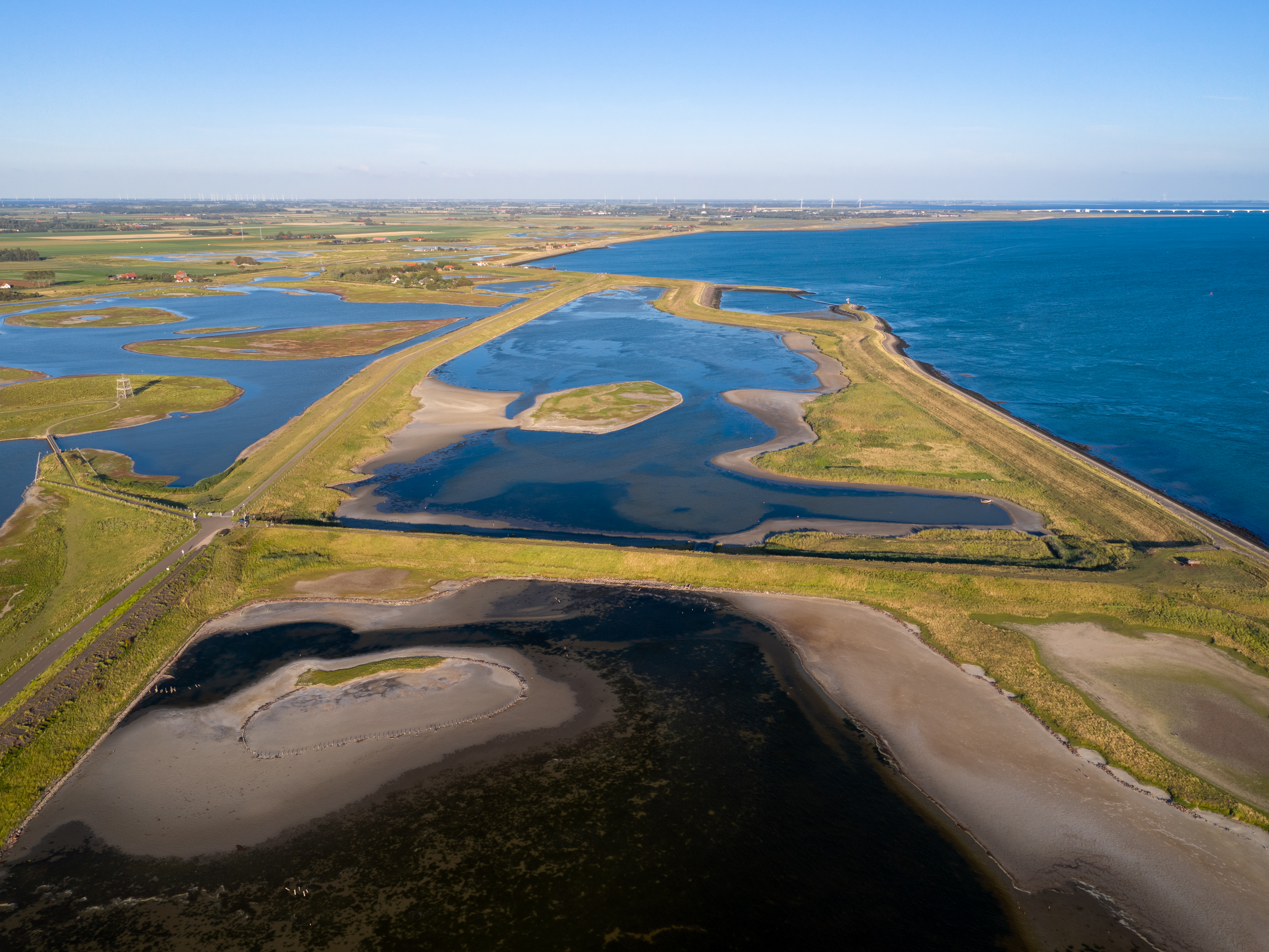Province(s)
Status
Surface
Landscape
The Oosterschelde, grand in every aspect
A world of mudflats, salt marshes, and sandbanks where the tide completely transforms the landscape twice a day. The Oosterschelde is the largest, wettest National Park in the Netherlands. Originally a river estuary, but the construction of the Delta Works has completely changed the dynamics. Now it is a shallow sea arm where 800 billion liters of water flow in and out with full force each tide. It never gets boring here as you scan the horizon in search of porpoises (small whales) or seals. Or dive underwater into a colorful world. Meanwhile, behind the dikes, memories of life (together) with the sea continue to live on.
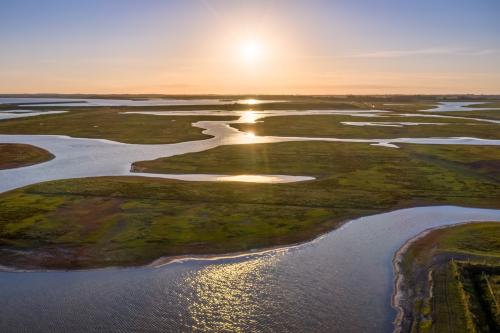
The underwater life surfaces
Due to the influence of ebb and flow, the area is constantly changing. At low tide, a large part falls dry and various plants and animals emerge. Those who take the time can witness that metamorphosis with their own eyes. Many plants and animals have adapted to these extreme conditions.
There is a wealth of aquatic plants such as anemones and seaweeds, but you can also find animals like the cuttlefish or a seahorse in the Oosterschelde. Even sharks can swim through these waters.

Salty Delights
The sea, particularly the influence of ebb and flow, provides an enormous wealth of plants, seaweeds, and (shell)fish. The fishing industry also takes advantage of the riches in the Oosterschelde. Who isn't familiar with Zeeland mussels, Oosterschelde lobster, oysters, and Zeeland cockles? At the local restaurants, you'll find the most delicious salty delights.
Breeding, Resting, and Overwintering
Both in summer and winter, various birds stay here to breed, rest, and overwinter. During low tide, you can see the oystercatcher, redshank, curlew, and spoonbill on the exposed mudflats and sandbanks. They are then searching for bottom and aquatic animals for a tasty meal. When the water is high, they rest on the salt marshes, as well as in the wetland fields and polder areas behind the dikes. If you want to see whether it’s low or high tide, look at where the birds are. Although you might not want to rely on the ducks for advice; they dive underwater for their food.
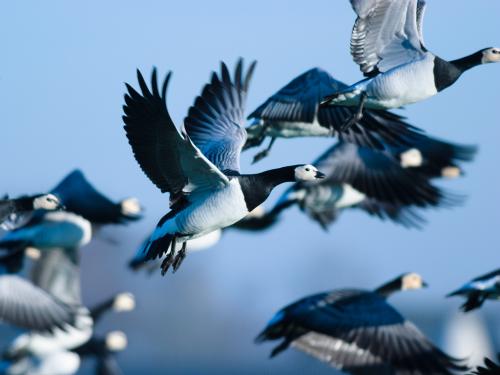
Experience the bird migration
On the boundary between water and land, many migratory birds find food. Exactly along this watery boundary of water and land lie the six national parks: Lauwersmeer, Duinen van Texel, De Biesbosch, Schiermonnikoog, Nieuw Land, and Oosterschelde. During migration, many of these birds can be seen in these iconic spots in Dutch nature. Together, the areas tell the story of bird migration, with each area focusing on its own iconic species. Discover below where and when to spot the birds.
An Open Eastern Scheldt Storm Surge Barrier
The Eastern Scheldt Storm Surge Barrier, the largest and most famous work of the Delta Works. This nine-kilometer-long storm surge barrier closes off the Eastern Scheldt during threatening high water. The initial plan was to construct a solid dam, but to preserve the unique nature reserve, a decision was made for an open, movable barrier. As a result, the water remains salty and there is still ebb and flow.
The island of Neeltje Jans, which served as a work island during the construction of the barrier, is now designed as a nature reserve. The elements have regained control here and created a dune landscape. You can freely wander on roads and paths here.
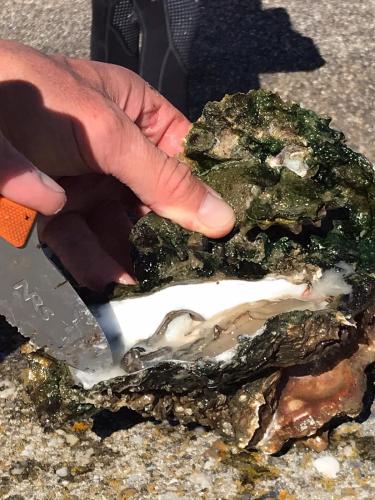
Fresher than fresh
At the Oesterij in Yerseke, you can experience how things go at the source and with the producer. Immerse yourself in the wonderful world of shellfish and learn all about oysters. From the Oesterij, you have a beautiful view of the historic oyster pits and the Oosterschelde. Want to learn more about this Zeeland delicacy? Then book an Oesterij tour (4 hours) where you step into the water to see how oysters grow. Or visit the annual oyster festival in the fall, which is a three-day event marking the start of the Zeeland oyster season.
Highlights
Explore salt marshes and mudflats or search for porpoises
Do you want to visit the park?
The Dijkwachtershuisje is a small information point. Is the flag out? Then there is a nature guide present who would love to tell you more about the Oosterschelde National Park.
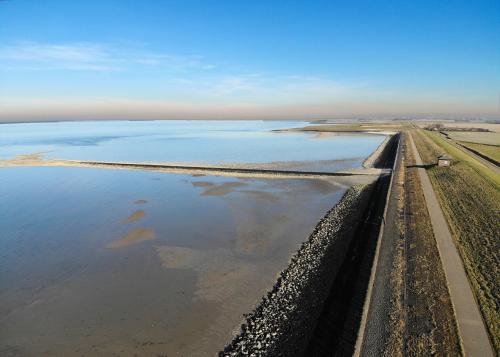
Dike Warden's House Wissenkerke
Keihoogteweg 4491 PT Wissenkerke
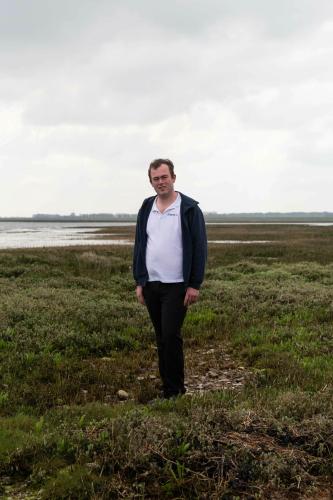
Personal Story
When Roy Hoogstad left school, he immediately knew that he wanted to become a skipper.
Do you want to know more about Oosterschelde National Park?
Discover all the current information on the park's website. From the activity calendar and walking routes to contact details and more.
